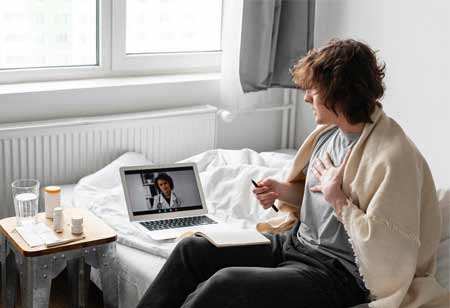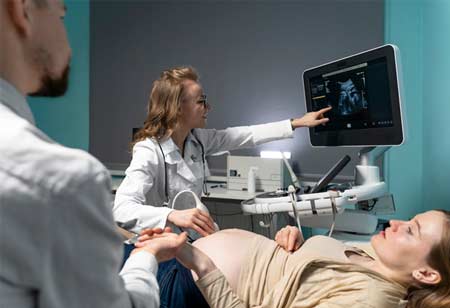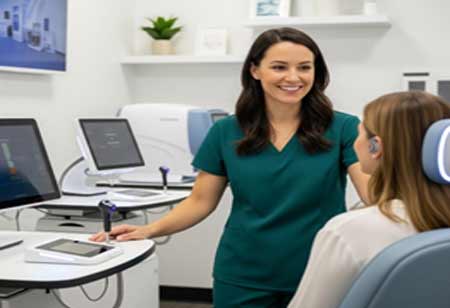Navigating Challenges of Remote Patient Monitoring Service
Remote patient monitoring improves healthcare delivery but faces challenges in data security, integration, patient engagement, and compliance, requiring strategic solutions for effective adoption and sustainable outcomes.

By
Medical Care Review | Tuesday, October 28, 2025
Stay on top of your health and well-being with exclusive feature stories on the top medical clinics and treatment centers, expert insights and the latest news delivered straight to your inbox. Subscribe today.
Fremont, CA: Remote Patient Monitoring (RPM) has emerged as one of the most significant advancements in modern healthcare, enabling providers to track patient health beyond traditional clinical settings. By utilizing connected devices, sensors, and digital platforms, healthcare professionals can collect and analyze data in real-time, resulting in improved outcomes and reduced hospital visits. The challenges encompass a range of issues, including data security and interoperability, as well as patient engagement and regulatory hurdles. Understanding and tackling these barriers is crucial for healthcare organizations that seek to implement RPM successfully and provide reliable care.
Data Security and Integration
The primary challenges in Remote Patient Monitoring are ensuring data security. Sensitive health data is transmitted through connected devices and cloud platforms, making it a potential target for cyberattacks. Breaches compromise patient trust and expose providers to financial and reputational risks. The complexity of securing vast amounts of data across multiple systems increases the difficulty of maintaining consistent protection.
Many healthcare facilities already utilize electronic health records (EHRs), and RPM platforms must integrate seamlessly with them. The lack of standardization in health technology often leads to interoperability issues. Devices from different vendors may not communicate efficiently, resulting in fragmented patient data and reduced value of RPM insights. The problem can delay decision-making and limit care coordination in multi-specialty healthcare systems. Regulatory compliance adds another layer of complexity.
Patient Engagement and Accessibility
While technology enables real-time tracking, its success depends on patients' willingness and ability to use connected devices properly. Elderly patients, who often benefit most from RPM, may struggle with digital literacy, while others may lack the motivation to consistently engage with monitoring tools. Without adequate education and support, patients may abandon devices, limiting the effectiveness of the service. Healthcare providers must design user-friendly systems and provide ongoing guidance to ensure patient adherence and compliance with treatment plans.
Rural or underserved areas may lack stable internet connections, while the high cost of devices can exclude low-income populations. It creates disparities in care and restricts the reach of RPM to those who need it most. Implementing RPM can be expensive for healthcare providers. The costs of acquiring devices, training staff, and maintaining infrastructure may pose financial challenges for smaller clinics. Overcoming the barriers requires a combination of robust technology, supportive policies, patient education, and sustainable financial models.







